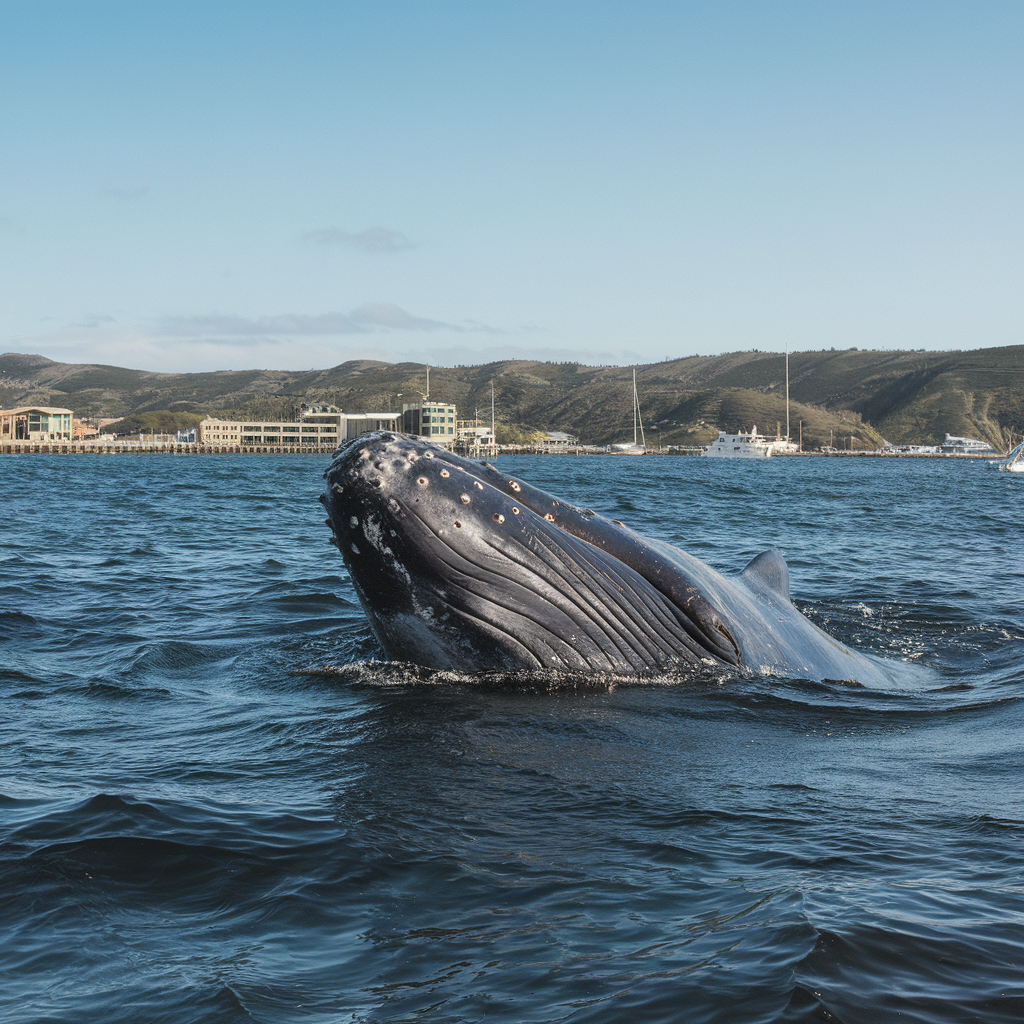In terms of size, Is the Largest Animal in History Dead or Alive. In addition to being the largest animal currently alive, this sea giant is also the largest mammal ever measured. But has history made this enormous creature extinct, or is it still alive? Let’s explore the intriguing realm of blue whales and learn more about their history.
1.The Blue Whale: A Marvel of Nature

2.Blue Whale Size: The Ultimate Giant
Balaenoptera musculus, the scientific name for the blue whale, is a marvel of evolution. It can weigh up to 200 tons, or around 33 elephants, and grow up to 100 feet in length. Because of its immense size, it surpasses even the greatest dinosaurs as the largest animal to have ever existed on Earth.
Blue Whale Facts That Amaze
Heart:
The heart of a blue whale can be as big as a small vehicle and weighs over 400 pounds.
Lungs:
Up to five thousand liters of air can be stored in its lungs.
Diet:
Despite its enormous size, the blue whale consumes up to 4 tons of krill per day, which is its main food source.
3.History of Blue Whales

Evolutionary Origins
Blue whales have been around for millions of years and belong to the family of baleen whales. Over time, their ancestors adapted to marine life as they moved from land to the water.
Prehistoric Giants Compared to Blue Whales
The blue whale was larger than any of the ancient marine reptiles, including the mosasaurus. It stands out as an evolutionary success due to its streamlined body and effective feeding systems.
Blue Whale Population Over Time
Commercial whaling destroyed blue whale populations in the 19th and early 20th centuries. By the middle of the 20th century, their numbers had fallen to a fraction of the projected 350,000 people.
4.Current Status of the Blue Whale

Alive and Swimming
blue whales are fortunately still alive. Despite their continued presence in the world’s oceans, these magnificent animals nonetheless have a very small population.
Distribution Across Oceans
Almost every ocean, from the Arctic to the Antarctic, is home to blue whales. Every year, they travel great distances in search of food.
Conservation Status
Blue whales are listed as endangered by the International Union for Conservation of Nature (IUCN). They are still at risk, even though their populations have somewhat increased since commercial whaling was outlawed.
5.Threats to Blue Whales

Natural Predators
Blue whales are vulnerable to predators despite their size. Calves have been attacked by orcas, commonly referred to as killer whales.
Human Activities
The biggest danger to blue whales is humans. They were almost exterminated by industrial whaling in the past. These days, threats include habitat deterioration brought on by climate change, ship strikes, and entanglement in fishing gear.
6.Conservation Efforts
Protecting the Blue Whale
International accords, like the whaling moratorium imposed by the International Whaling Commission, have been essential to the preservation of blue whales. They also survive because of sanctuaries and more stringent laws.
Role of Technology in Monitoring
Researchers can better understand the behavior of blue whales and track their travels with the use of modern technologies, such as satellite tagging and acoustic monitoring, which supports conservation efforts.
7.Conclusion
The living blue whale continues to be a representation of the natural world’s wonders. Their survival is far from assured, though. The fact that these deep-sea giants are still present in our oceans is evidence of human responsibility and conservation efforts. Honoring the legacy of the largest animal in history is more important than simply protecting a species.
8.FAQs
What makes the blue whale the largest animal?
Its unmatched size is a result of its massive weight and length as well as its special baleen feeding mechanism.
Are there animals larger than blue whales in history?
The blue whale is the largest known animal, both extant and extinct.
How many blue whales are left today?
There are between 10,000 and 25,000 blue whales in the world, according to current estimates.
What do blue whales eat?
Krill, which resemble tiny shrimp, are the main food source for blue whales.
Can we save blue whales from extinction?
Yes, blue whales can survive into the future with sustained conservation efforts, more stringent laws, and increased public awareness.


























































